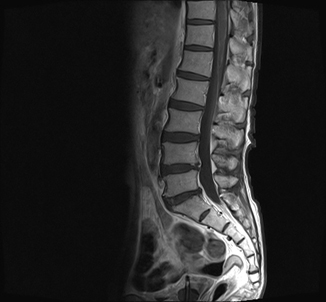1. Nash D, Mostashari F, Fine A, Miller J, O'Leary D, Murray K, Huang A, Rosenberg A, Greenberg A, Sherman M, et al. 1999 West Nile Outbreak Response Working Group. The outbreak of West Nile virus infection in the New York City area in 1999. N Engl J Med. 2001; 344:1807–1814.
2. Cunha BA. Differential diagnosis of West Nile encephalitis. Curr Opin Infect Dis. 2004; 17:413–420.
3. Roos KL. West Nile encephalitis and myelitis. Curr Opin Neurol. 2004; 17:343–346.
4. Jeha LE, Sila CA, Lederman RJ, Prayson RA, Isada CM, Gordon SM. West Nile virus infection: a new acute paralytic illness. Neurology. 2003; 61:55–59.
5. Asnis DS, Conetta R, Teixeira AA, Waldman G, Sampson BA. The West Nile Virus outbreak of 1999 in New York: the Flushing Hospital experience. Clin Infect Dis. 2000; 30:413–418.
6. Solomon T, Willison H. Infectious causes of acute flaccid paralysis. Curr Opin Infect Dis. 2003; 16:375–381.
7. Petersen LR, Roehrig JT, Hughes JM. West Nile virus encephalitis. N Engl J Med. 2002; 347:1225–1226.
8. Lim JA, Lee ST, Jung KH, Kim S, Shin JW, Moon J, Byun JI, Kim TJ, Shin YW, Lee KJ, et al. Anti-N-methyl-d-aspartate receptor encephalitis in Korea: clinical features, treatment, and outcome. J Clin Neurol. 2014; 10:157–161.
9. Li J, Loeb JA, Shy ME, Shah AK, Tselis AC, Kupski WJ, Lewis RA. Asymmetric flaccid paralysis: a neuromuscular presentation of West Nile virus infection. Ann Neurol. 2003; 53:703–710.
10. Leis AA, Stokic DS, Polk JL, Dostrow V, Winkelmann M. A poliomyelitis-like syndrome from West Nile virus infection. N Engl J Med. 2002; 347:1279–1280.
11. Doron SI, Dashe JF, Adelman LS, Brown WF, Werner BG, Hadley S. Histopathologically proven poliomyelitis with quadriplegia and loss of brainstem function due to West Nile virus infection. Clin Infect Dis. 2003; 37:e74–e77.
12. Park M, Hui JS, Bartt RE. Acute anterior radiculitis associated with West Nile virus infection. J Neurol Neurosurg Psychiatry. 2003; 74:823–825.
13. Kalil AC, Devetten MP, Singh S, Lesiak B, Poage DP, Bargenquast K, Fayad P, Freifeld AG. Use of interferon-alpha in patients with West Nile encephalitis: report of 2 cases. Clin Infect Dis. 2005; 40:764–766.







 PDF
PDF ePub
ePub Citation
Citation Print
Print




 XML Download
XML Download